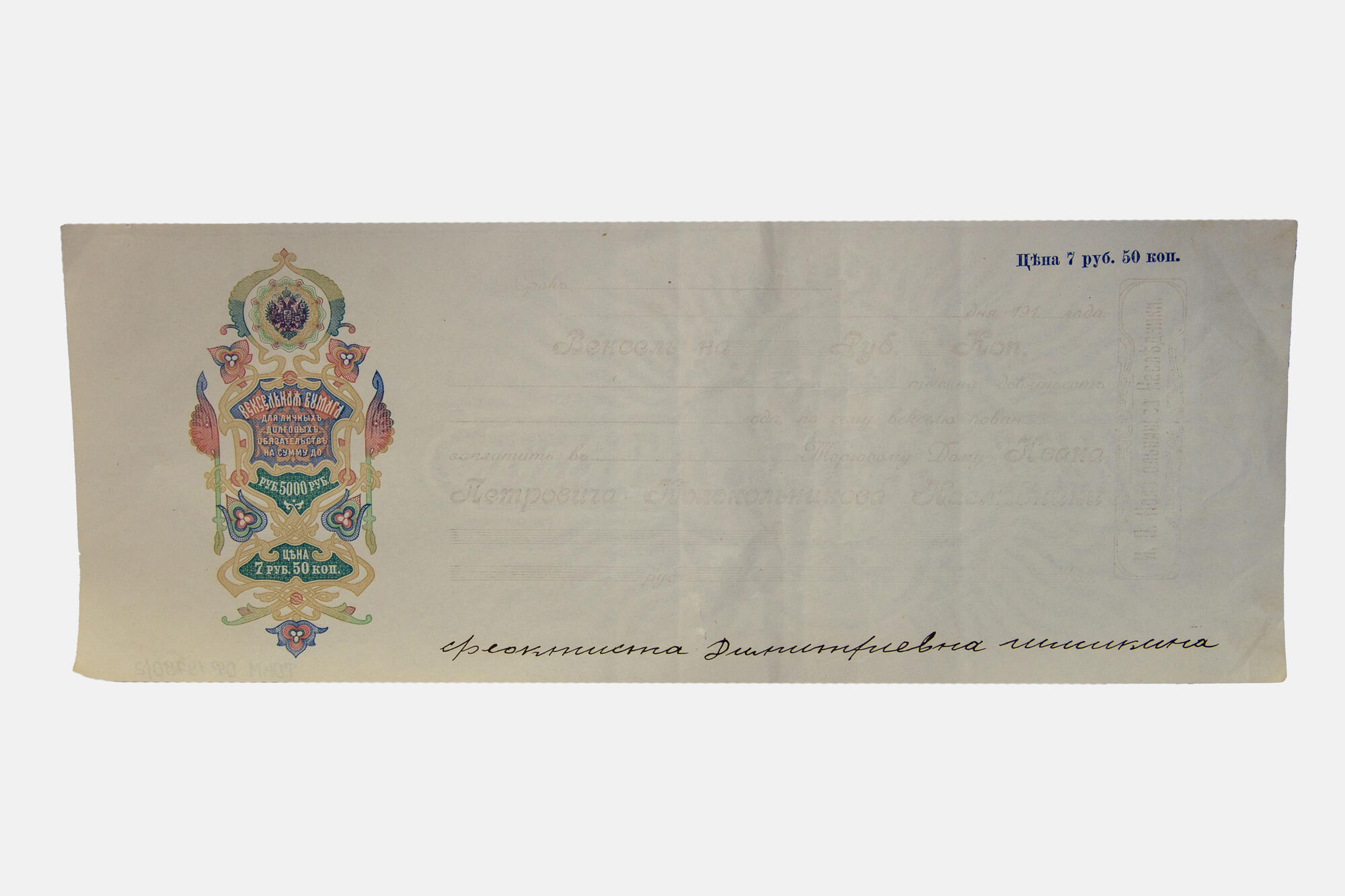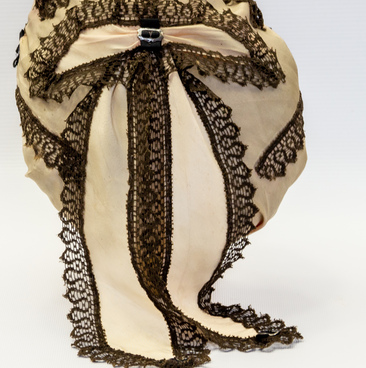A promissory note (the Russian word “veksel” was borrowed from the German “Wechsel” — “exchange, change”) is a commercial document. It is given out as a means of payment in trade deals; a deferred payment and a guarantee to pay off the debt within the period established in the agreement. As a means of payment, the value of a promissory note is determined by the amount of goods or money which was exchanged between the borrower and the loan provider. With this taken into account and no requirements for registering the note with third-party regulators, makes this document a convenient means of payment. The payment document is drawn up in a strictly regulated manner. The buyer issues the seller a promissory note for a product, amount of money or service. A promissory note can be transferred or sold to third parties as payment, and can also be repaid with an initially established amount of money.
The earliest prototypes of promissory notes are syngrapha and chirographa. They were used in ancient Greece and later in the Roman Empire. In ancient China, documents such as Feiqian, Jiaozi and Jiaoyin were in use. They were necessary for safely transferring money over long distances. In Arab countries, debt documents closest to early forms of promissory notes were called hawala and suftajah. They appeared in Italy in the 12th century. The use of such documents became popular throughout Europe, and in the 16th century, the so-called Law on Bills appeared, which imposed legal regulations on financial transactions with the use of bills of exchange.
Promissory notes came to Russia from the German principalities in the 18th century. The first law in Russia that regulated transactions with bills of exchange was introduced on May 16, 1729. It was written in Russian and German.
The document from the “The
Ivan Petrovich Kolokolnikov Trading House. Heirs” was compiled in accordance
with the aforementioned law and approved on May 27, 1902. The nominal value of
the bill is 7 rubles 50 kopecks. The museum received this note during
correspondence with Tatyana Chebotaryova — the keeper of the USA archive of
Stepan Ivanovich Kolokolnikov which is located in the archive of the Library of Columbia University in New York.


